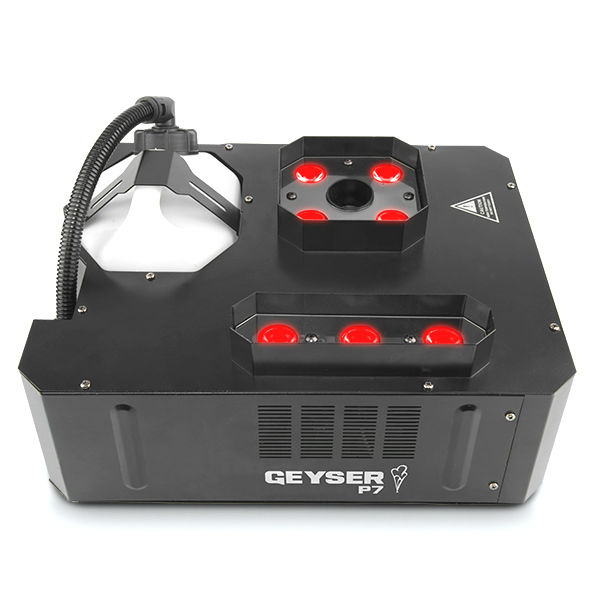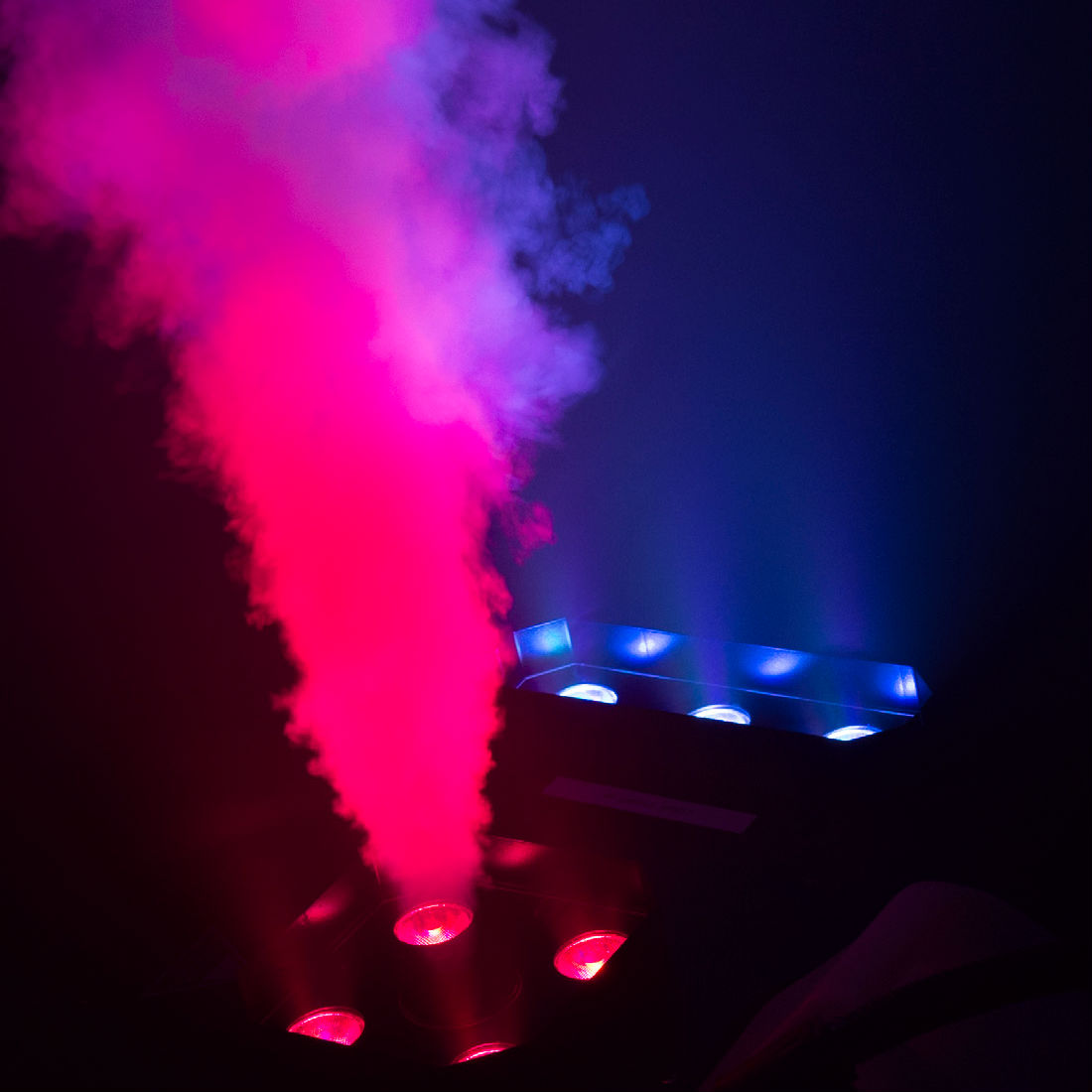Science Fun With The Plasma Ball
I love the fact that so many of our products can be used for educational as well as entertainment purposes. Science teachers and parents have used our pyrotechnic products to demonstrate principles of chemistry. Some of our lighting products can be used to introduce students to basic physics concepts. And this week's special, the Laser Ball, is an excellent device for demonstrating static electricity.
Generally speaking, static electricity is really no more than a difference in charges between two materials. When you rub a glass rod with a silk cloth, the glass gives up many of its electrons to the cloth, creating a positive charge on the rod. If you then hold the rod near some small pieces of paper, the paper (which is more negatively charged than glass) is attracted to the rod. You may have seen a demonstration of this principle, or one like it, in your high school science classes.
Similarly, the shock you get sometimes after scuffing your feet on carpetand then touching a doorknob (or your sister, if you were anything like me as a child) is the result of a difference in charges. When you scuff your feet you are actually building up a huge electrical charge in your body (thousands of volts) that is then transferred to the doorknob (or your sister).
So, how does this relate to the Laser Ball? As you've probably guessed, the Laser Ball also works via static electricity. A transformer in the base of the unit creates a huge negative charge on a metal ball that's inside a glass dome. The charge almost instantly builds up to the point where electrons are flowing from the ball to the inside of the glass. If you touch the glass, the charge will be attracted to the point where your hand touches the glass. The glass dome is filled with inert gasses at low pressure; these gasses react to the flowing electrons allowing us to see the charge as bluish-white "streamers".
A neat experiment that shows the electrons are actually moving out of the glass dome is to hold a small fluorescent tube light bulb near the glass. As you move the tube close, the electrons will react with the gas inside of it as well, causing the tube to light up. If you hold the middle of the tube near the dome, just that area will light up, if you hold one end up however, the entire bulb should light.
Of course, in addition to being a great little introduction to electricity, our Laser Ball makes a great decorative novelty light. People seem unable to resist the urge to place their hands on the glass dome, watching as the blue streamers of electricity follow their movements. In addition, this unit contains a sound active feature that switches the current on and off to the beat of your favorite music! So, pick up a Laser Ball this week to further your child's (or your own) science education, and if you happen to leave it next to the speaker during your next party...well, I won't tell.
*********************************************
Theatre Effects Customer Service Department
service@theatrefx.com
www.theatrefx.com
Theatre Effects, 1810 Airport Exchange Blvd. #400, Erlanger, KY 41018
Phone: 1-800-791-7646 or 513-772-7646 Fax: 513-772-3579









